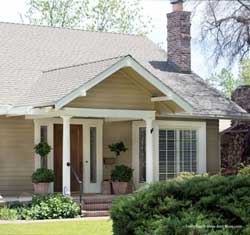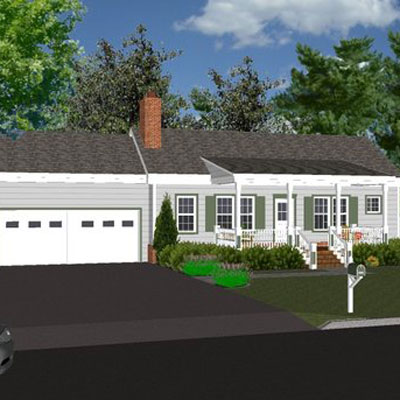Great Front Porch DesignsThe best front porch designs have several traits in common: architectural compatibility, functionality, and overall appeal. Mary and I call it harmonizing, that is, matching the architecture of your porch with that of your home. The design of your porch should blend in seamlessly with the style and feel of your home rather than look like an add-on.A porch's functionality should be an integral part of the design too. No matter the size, every porch can provide some refuge from the weather, space for relaxing or perhaps just a shelf for holding packages while you unlock the front door. 
Porches naturally exude warmth and charm when they become an extension of your personality and style. After all, a porch is like a book cover to your home. Understanding the components of a porch and how they complement each other helps you to create your perfect porch. Porch lighting, railings, columns, furniture, and landscaping are just a few of the critical factors to integrate into your front porch design. Mary and I have created an amazing portfolio of front porch designs for almost every imaginable front porch along with designs for the ever popular screen porch, three season, and even four season porches. In addition, we offer planning tips to create your own perfect porch. Immerse Yourself in Our Front Porch DesignsFront Porch Design Ideas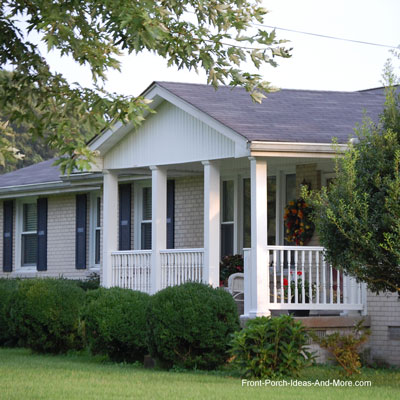
Ranch Style Home Porch Designs While simply designed, ranch homes offer opportunities for fantastic front porches. Explore ranch home porch roof designs, column and railing ideas. 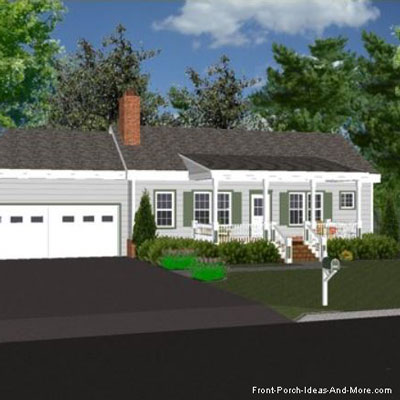
Great Front Porch Designs We show you how different porches change the overall appeal of a home. Choose between a ranch or two-story homes. 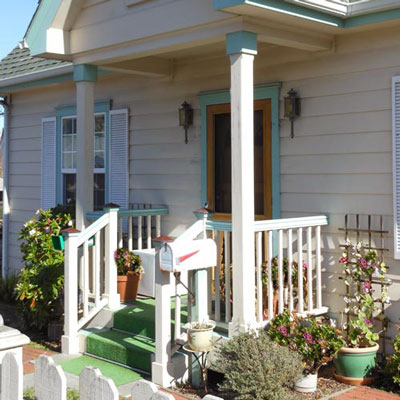
Small Porch Design Options Small front porch designs can pack a big punch! See ideas for designing your new porch or remodel your existing one. 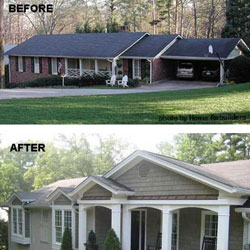
Amazing Front Porch Ideas Porch ideas you can use to help design your porch along with access to porch landscaping, decorating and more! 
Fantastic Country Porch Designs Part of the American landscape; see country porch designs that illustrate shed to hip, wrap-around, and beyond. 
Porch Pictures Peruse our galleries of porch pictures design features. A picture is worth a thousand words. Return to Top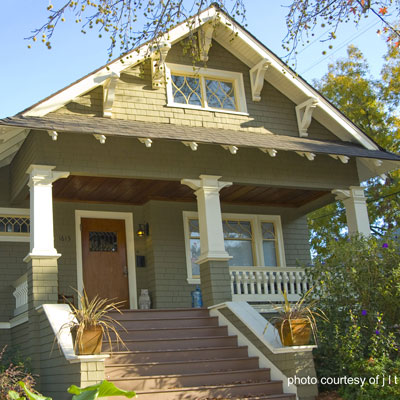
Craftsman Style Home Plans Often called bungalows, these homes incorporate natural materials. Low-pitched roof lines over a wide porch. 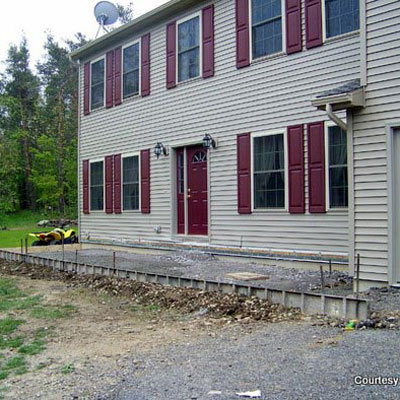
Front Porch Addition Options A must see section if planning to build a new porch or update your existing one. Maximize your investment and comfort. 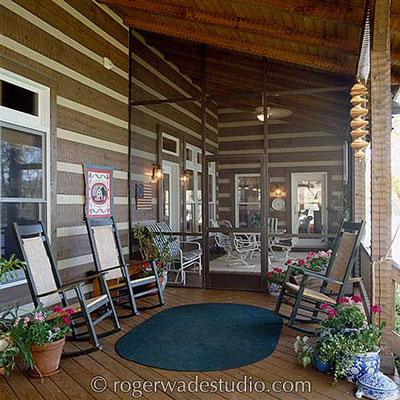
Log Home Porch Designs We have some beautiful log home for you to see. Courtesy of Roger Wade, Architectural Photographer. 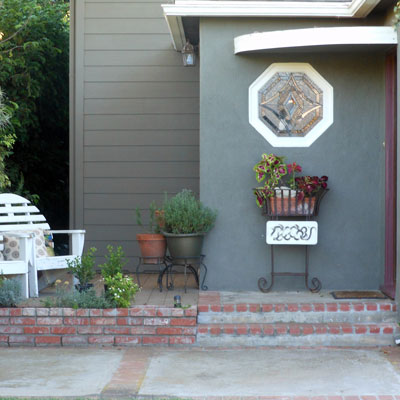
Patio Porch Additions Extend your porch or stoop with a nicely designed patio for entertaining, relaxing, and adding curb appeal. 
Porch Design Ideas / Makeovers Ever wish you had an architect give your home a makeover? See before and after pics. Porch Ideas Our porch portal is your access to all things porches. Discover the kind of porch you love by viewing our ideas. 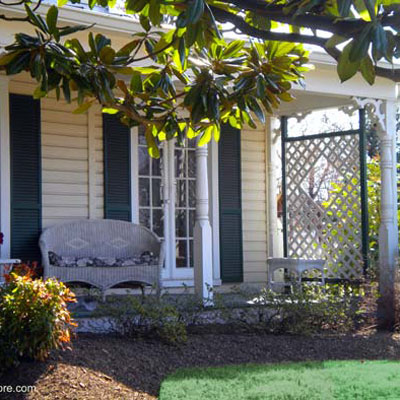
Privacy Porch Ideas A privacy porch design offers you solitude and can also help block wind, rain, or an unsightly view. 
Porch Component and Design Ideas Complete your design by covering your bases. Our guide helps you create your perfect front porch. Return to Top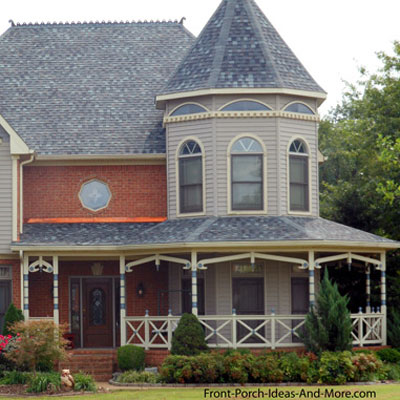
Victorian Porch Designs Victorian style houses have expansive porches considered among the most beautiful, colorful and ornate in design. 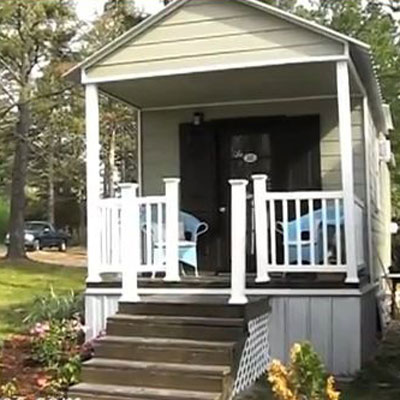
Tiny Houses with Porches Just imagine a family of 3 living in a 320 square foot home with a cozy front porch. Clever ways to maximize space. 
Porch Ideas Network Listen to our podcasts. Expert advice from professional porch builders, remodelers and landscapers for planning your porch. 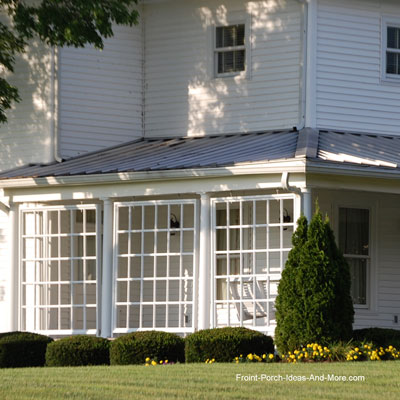
Porch Designs Across America Mary and I capture porch designs in our travels coast to coast. Gather ideas to create your ideal porch. 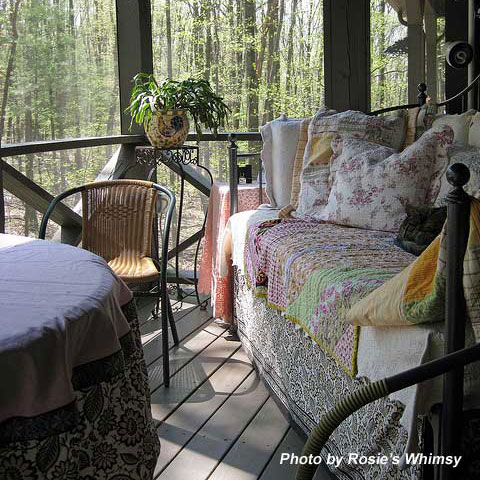
Sleeping Porches There's nothing quite like sleeping on your porch on summer night or snuggling under a quilt on a cool fall evening on the porch. 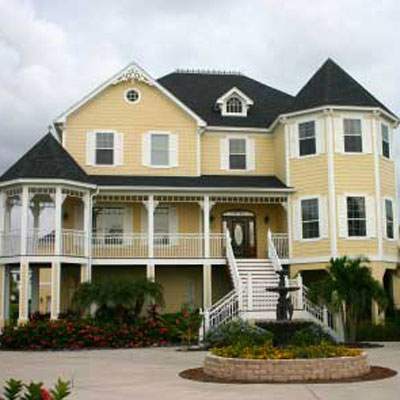
Beach House Porch Designs Homes designed to be built near the water, beach house porches tend to be open to capture the beauty of the surrounding area. Return to Top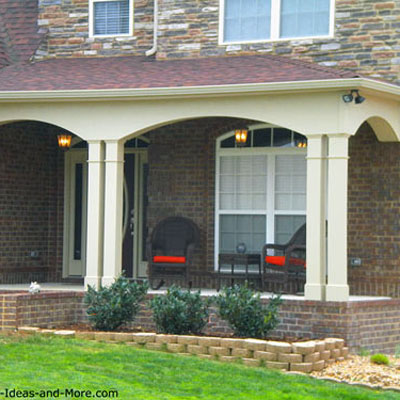
Contemporary Porches Also referred to as modern porches, no single design theme binds them as a style. 
Creative Southwest Porch Designs Spanish home porches typically are large with heavy wood trim, tile roofs, stucco siding and carved doors. 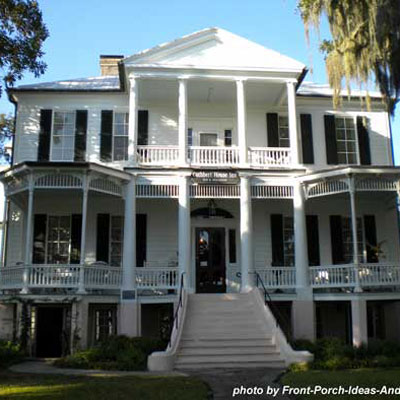
Southern Porch Design Ideas Large wrap around front porches on multiple floors ranging from majestic to cottage with beautiful front porch designs. Return to Top
As an Amazon Associate and Amazon Influencer, we earn from qualifying purchases.
We also earn commissions from other companies where are are participants of their referral programs.
Here is our full disclosure about affiliate marketing.

Hi! We're Mary and Dave, lifelong DIYers, high school sweethearts, and we both love porches. You've come to the right place for thousands of porch ideas. Our Sponsors


End Sponsors Helpful LinksEnjoy shopping Amazon (affiliate link)Popular PagesWhat's NewJoin Our Newsletter Family Porch Designs Porch Ideas for Mobile Homes Build a Porch | Small Porches Porch Columns | Porch Railings Screened Porches Porch Curtains | Porch Enclosures Porch Landscaping | Vinyl Lattice Porch Decorating | Porch Ideas Shop Navigation AidsHome | Top of PageSite Search | Site Map Contact Us PoliciesDisclosure Policy | Privacy PolicyLegal Info Please Join Us Here Also
Find a Trusted Local Pro Copyright© 2008-2025 Front-Porch-Ideas-and-More.com All rights reserved. No content or photos may be reused or reproduced in any way without our express written permission. At no extra cost to you, we earn a commission by referring you to some products on merchant sites. See our disclosure policy. We, Front Porch Ideas and More, confirm, as stated on our privacy policy, that we do not sell personal information. All content here is solely for presenting ideas. We recommend consulting with a licensed, experienced contractor before you begin your project. We make no guarantees of accuracy or completeness of information on our site or any links to other websites contained here. Thank you for taking your time to stop by. See what's popular and new here. |

Hi! We're Mary and Dave, lifelong DIYers, high school sweethearts, and we both love porches. You've come to the right place for thousands of porch ideas. --- My New Molly Jo Book ---
Gentle mystery for kids 8-12. Adults like it too. My book helps kids slow down, notice, and appreciate everyday surprises in nature. It's for sale in right here! --- Our Wonderful Sponsors ---


--- End Sponsors ---Our Newsletter, Front Porch AppealLearn more!Thank you for being here! |
||||
|
At no extra cost to you, we earn a commission by referring you to some products on merchant sites. See our disclosure policy.
We, Front Porch Ideas and More, confirm, as stated on our privacy policy, that we do not sell personal information. All content here is solely for presenting ideas. We recommend consulting with a licensed, experienced contractor before you begin your project. We make no guarantees of accuracy or completeness of information on our site or any links to other websites contained here. Front Porch Home | Return to Top Contact Us | About Us | Advertise with Us | Search | Site Map Media | Privacy Policy | Disclosure | Legal Notice | What's New |
|||||
|
No content or photos may be reproduced or copied in any way without our express written permission. | |||||
